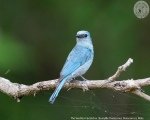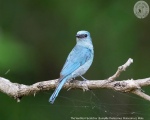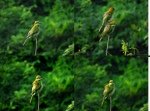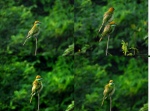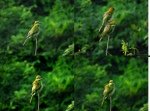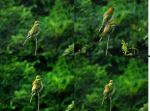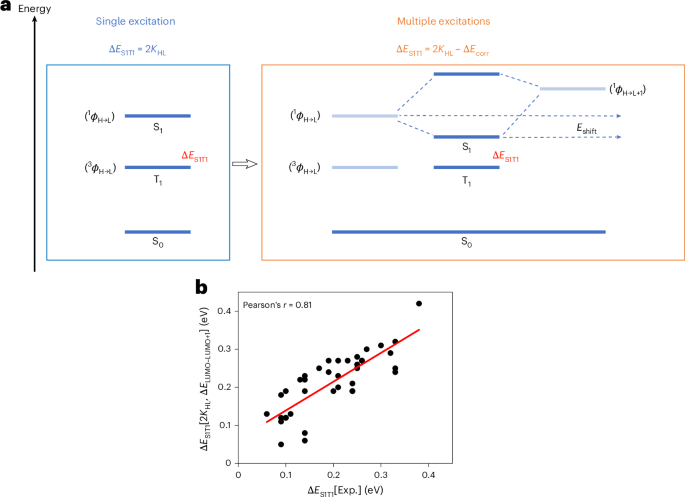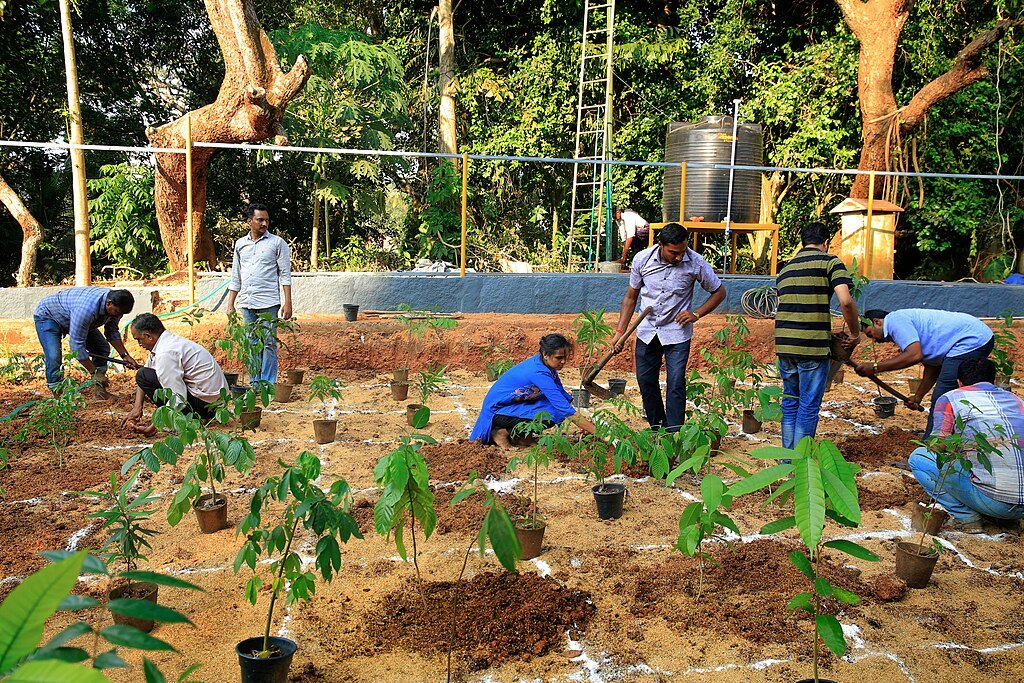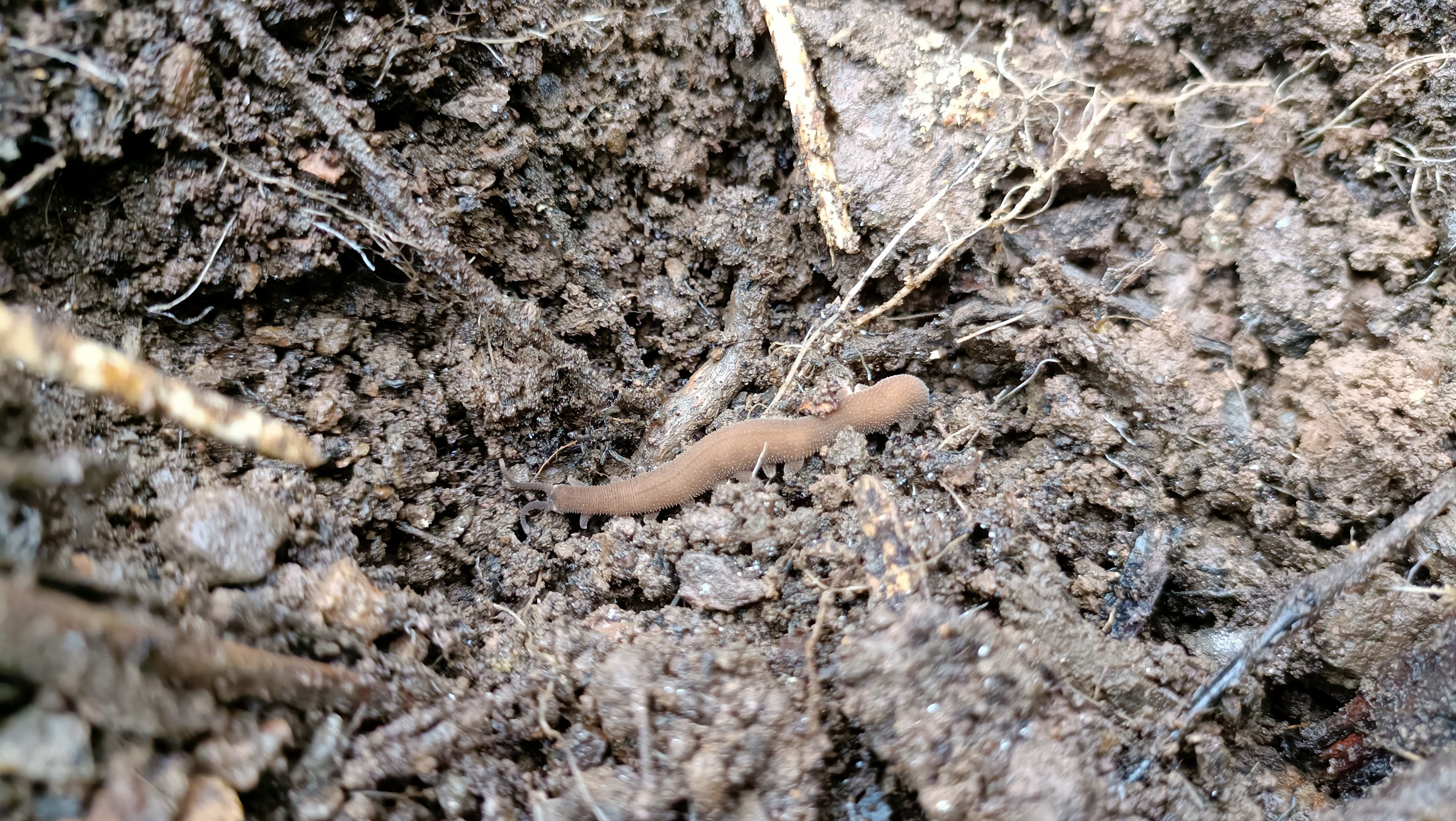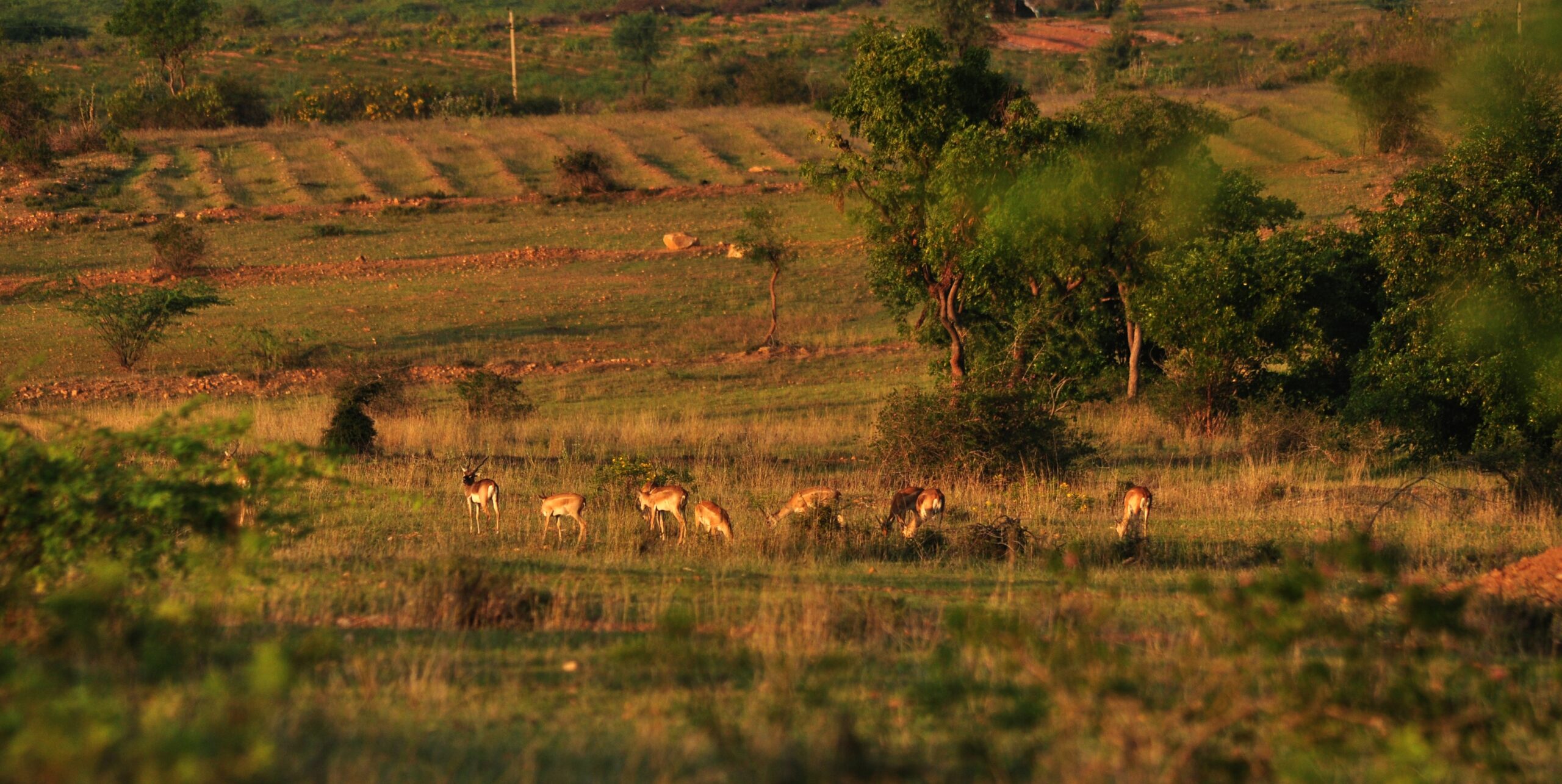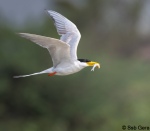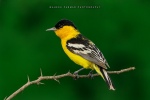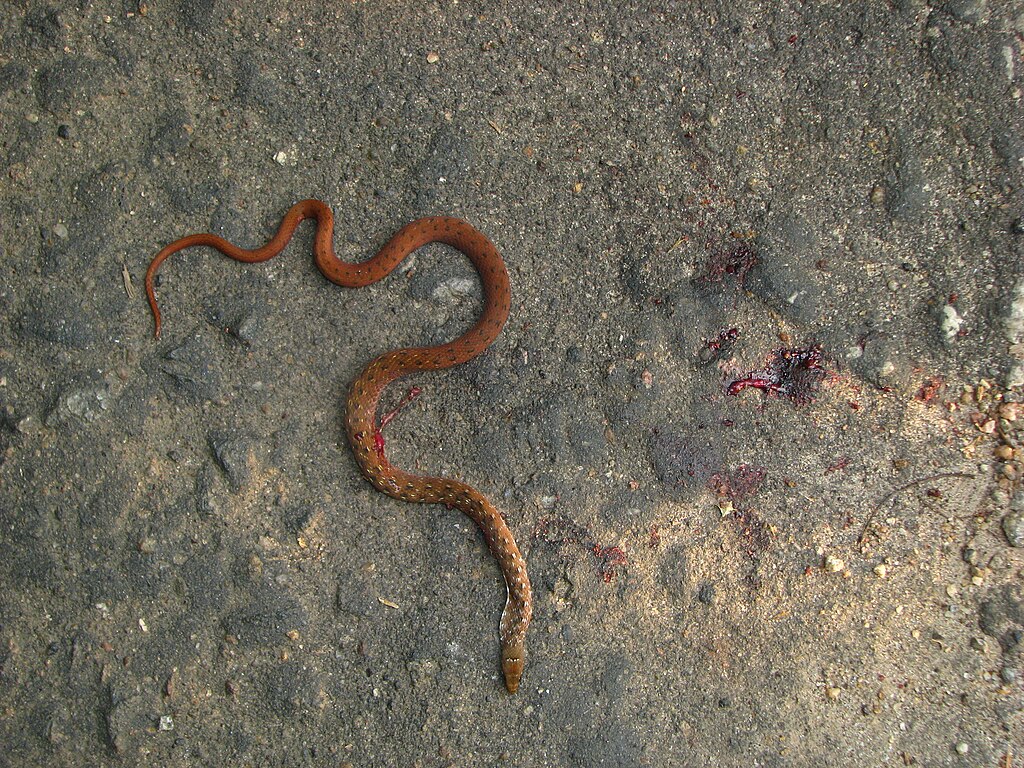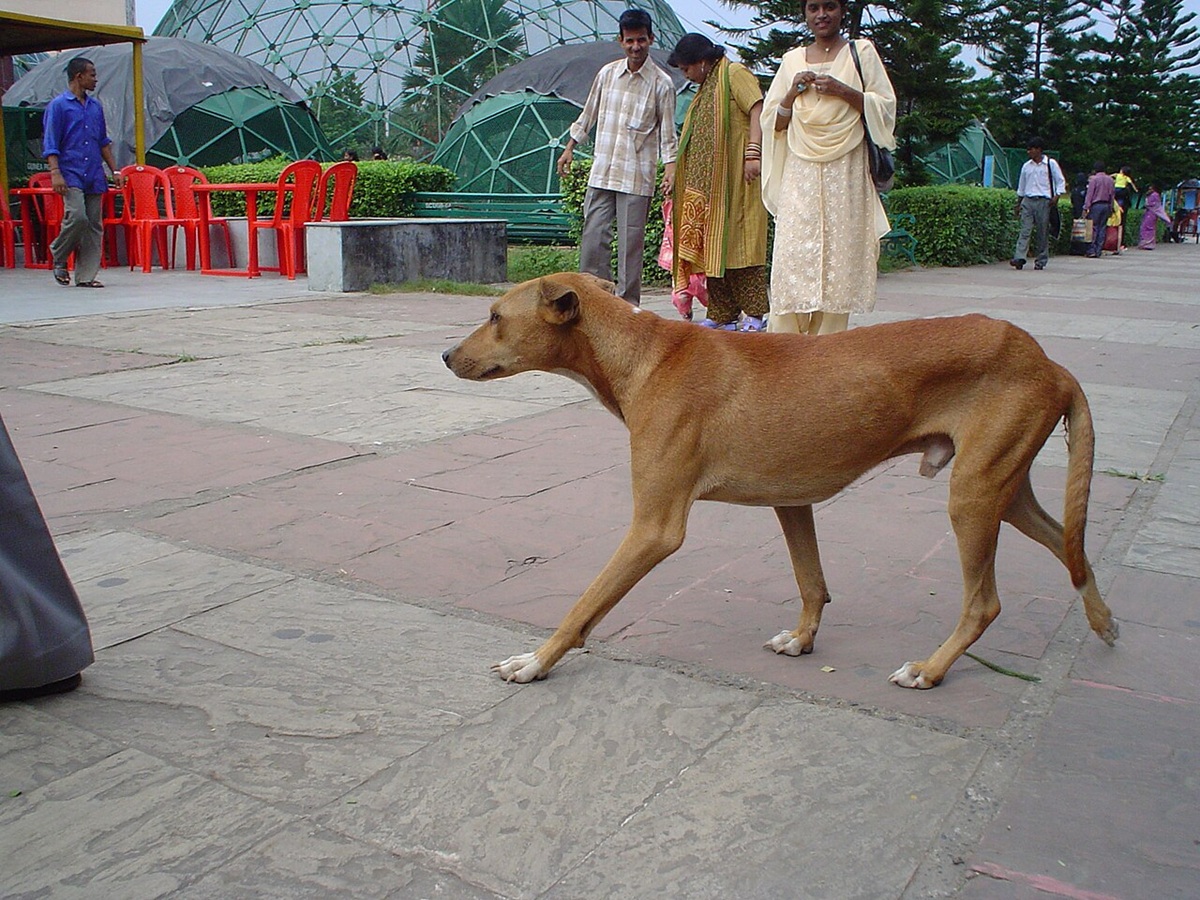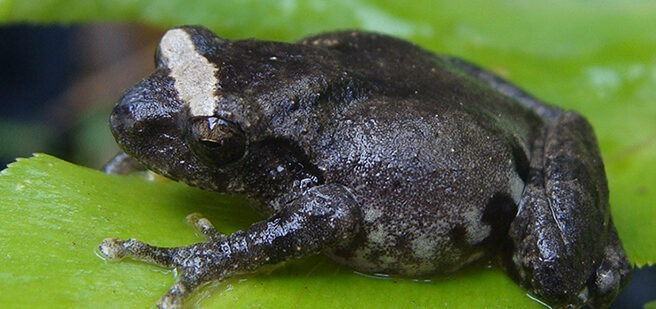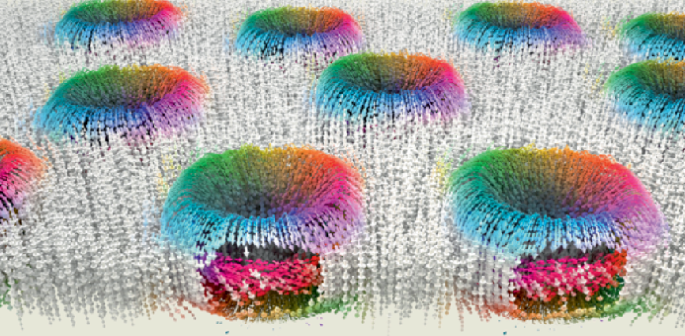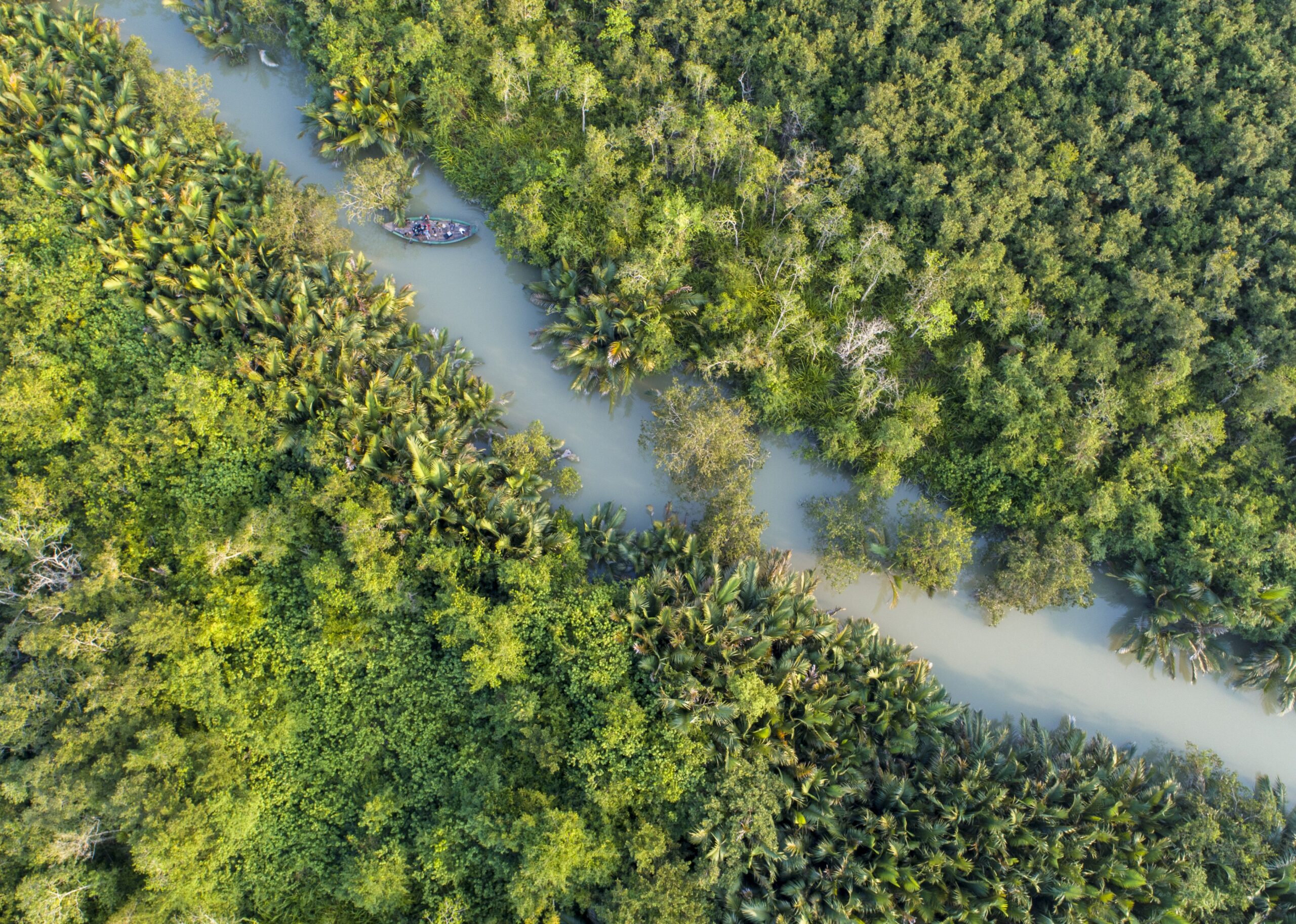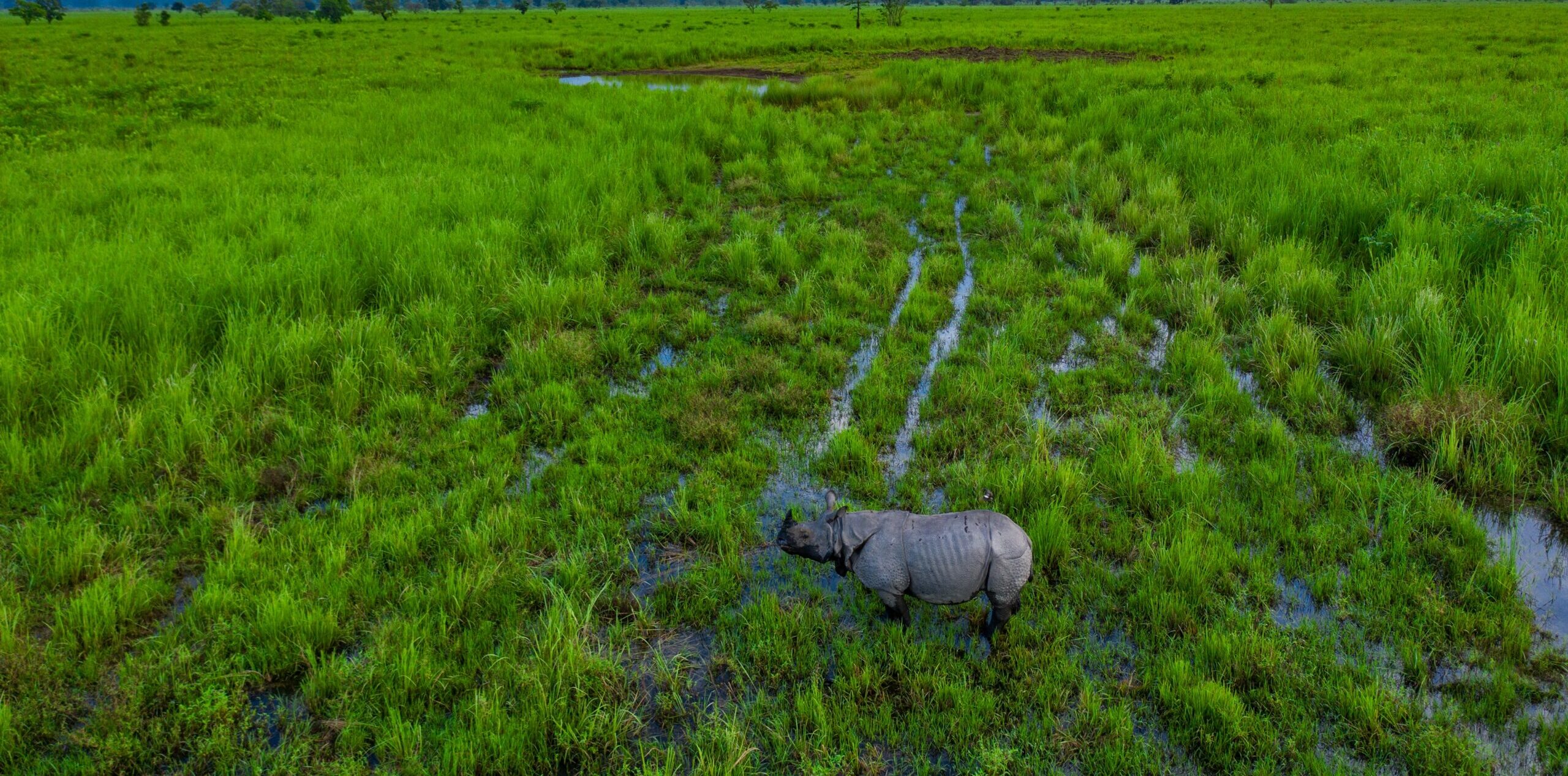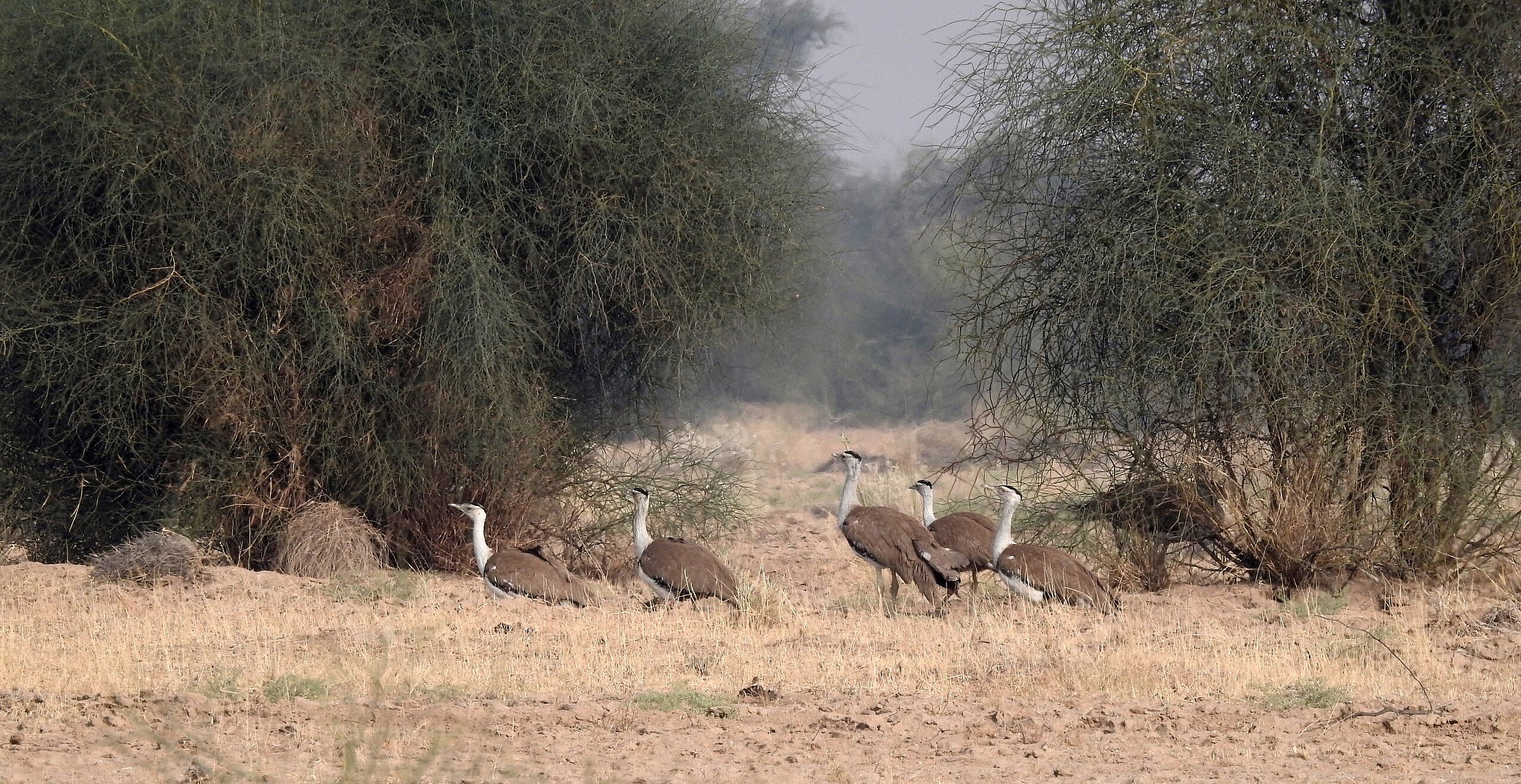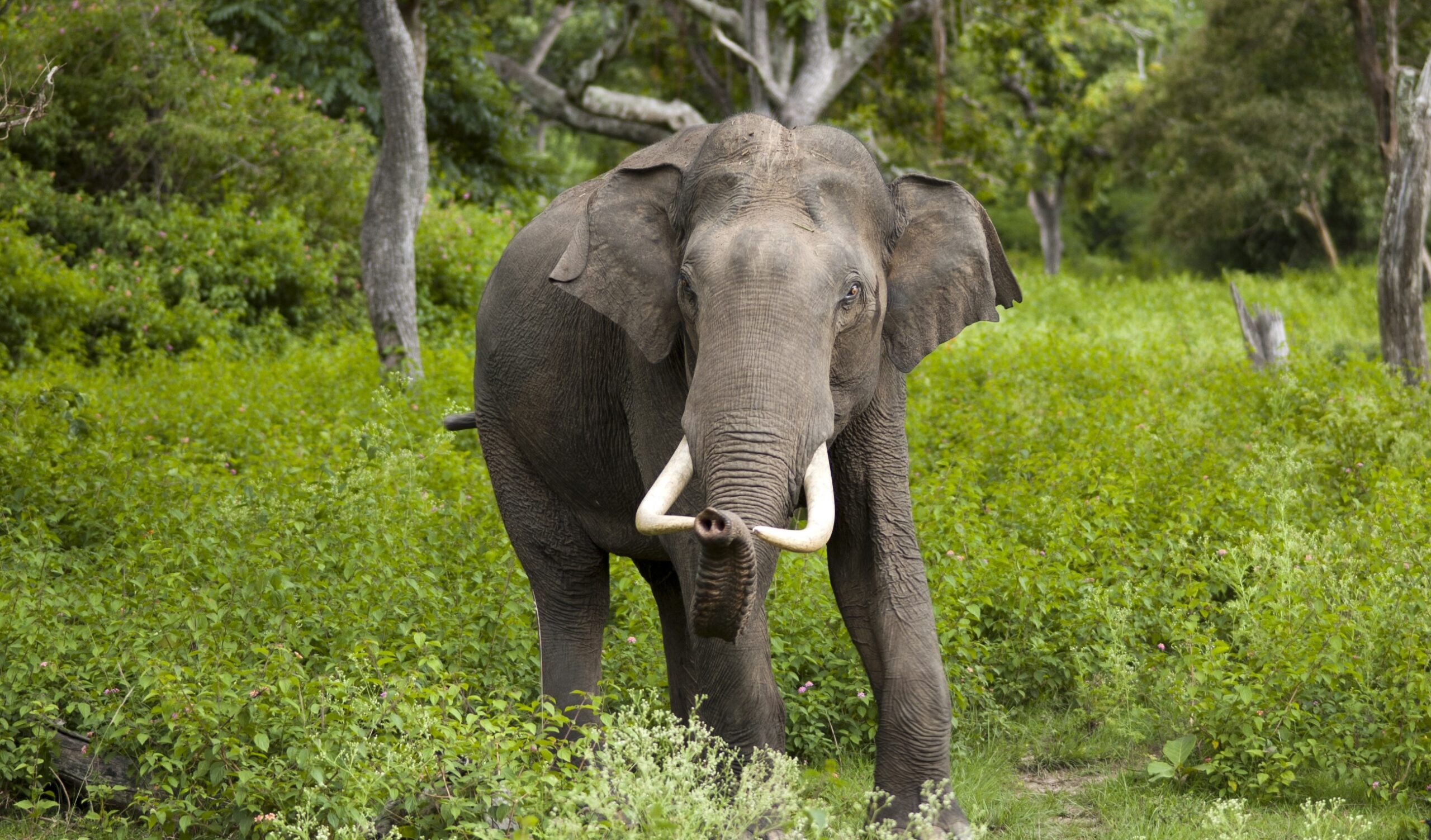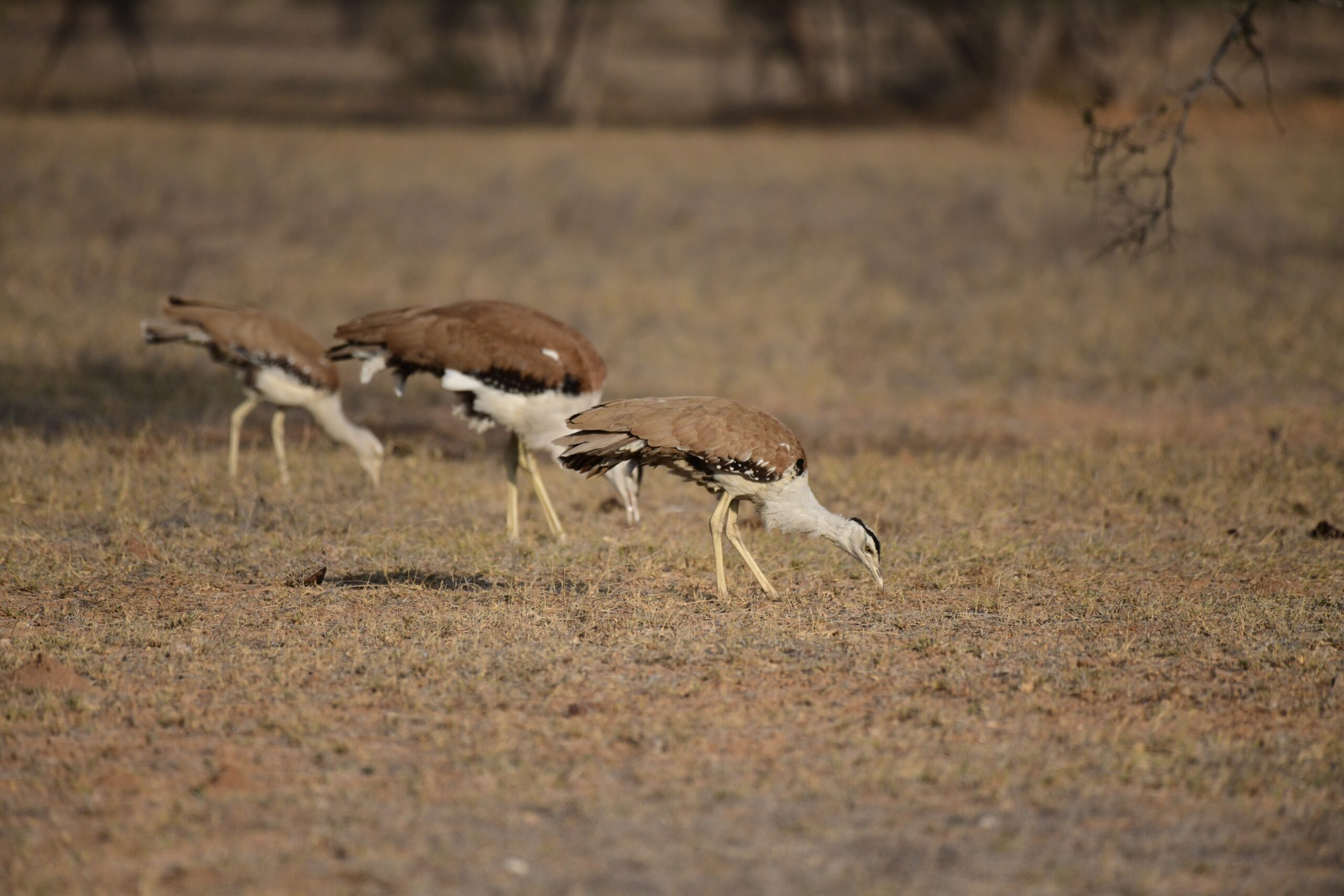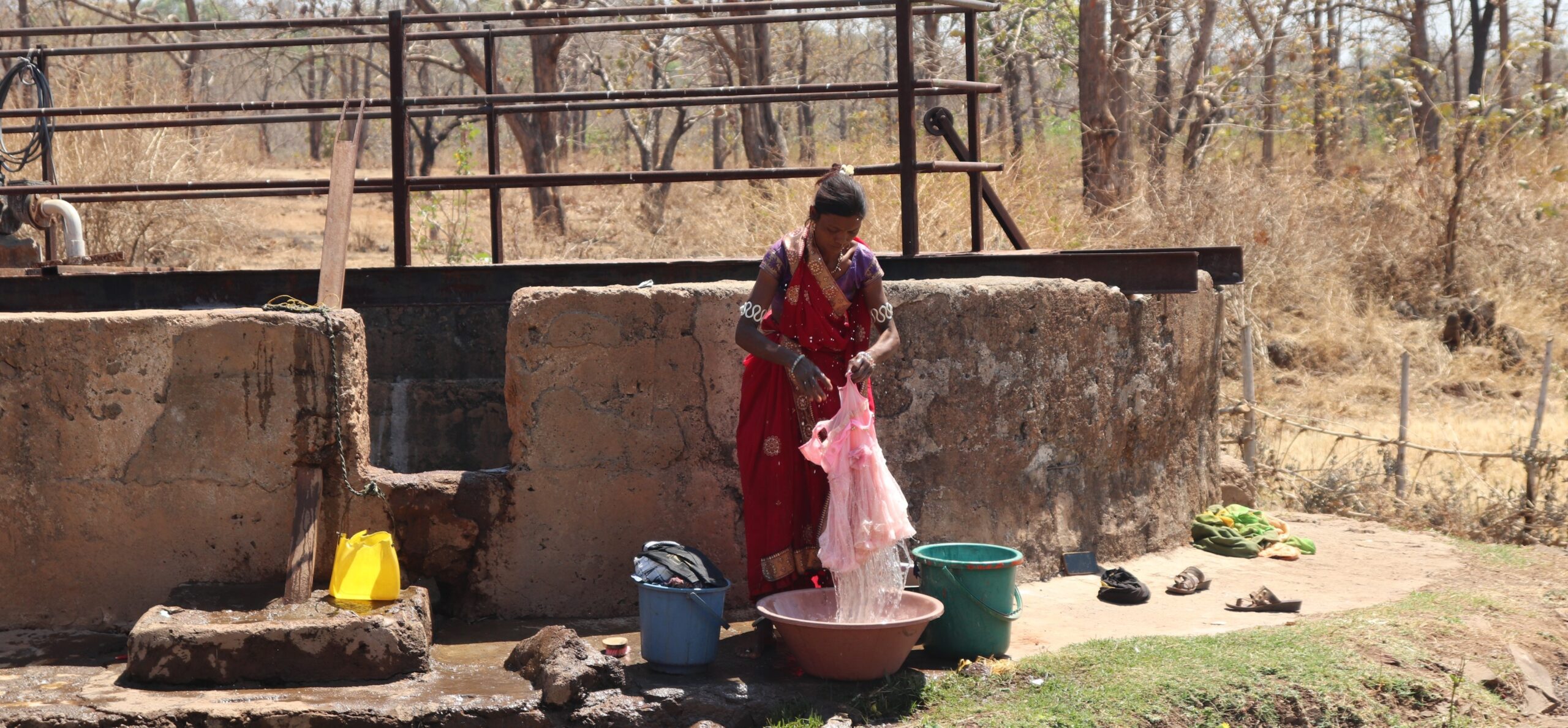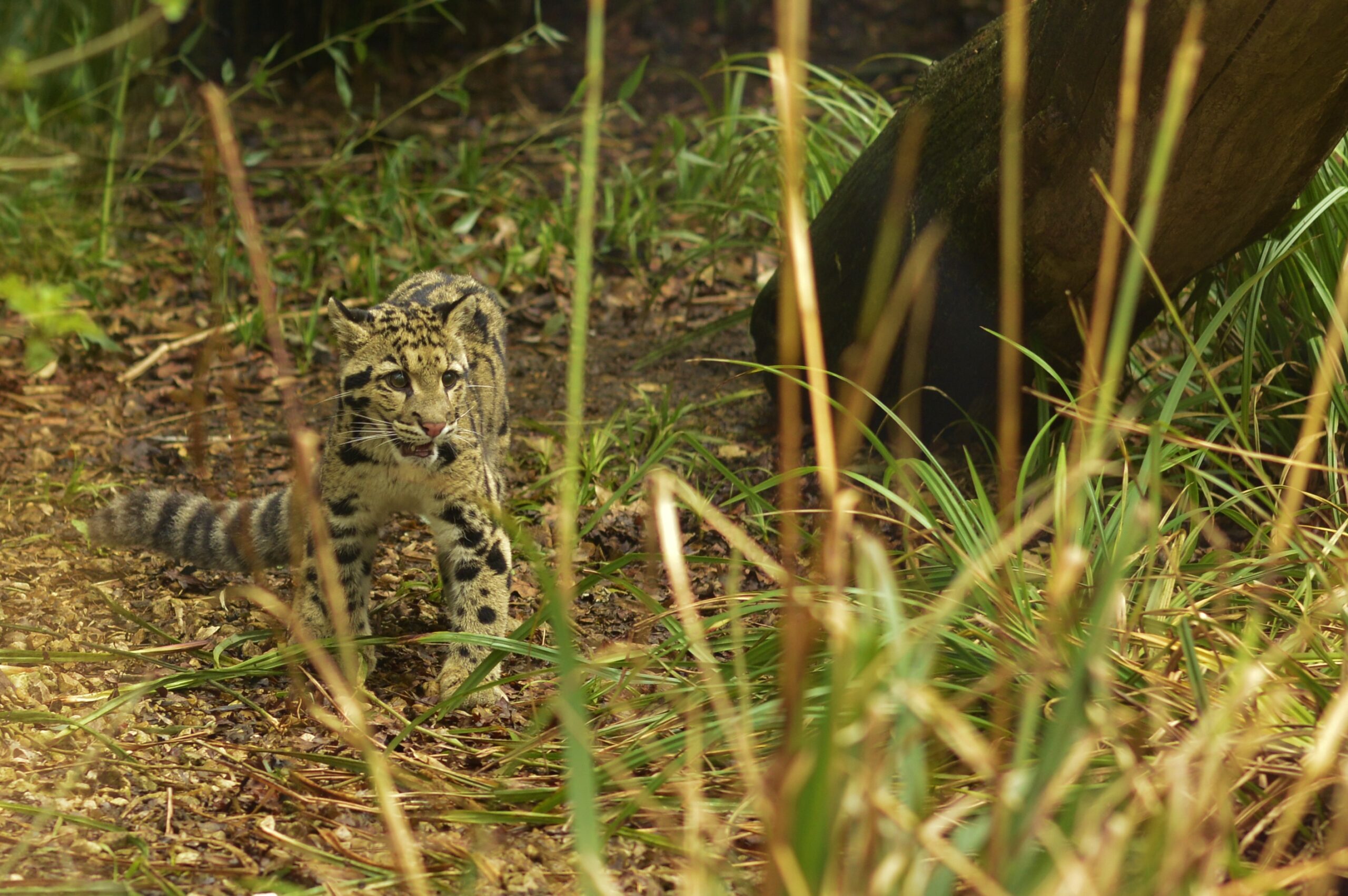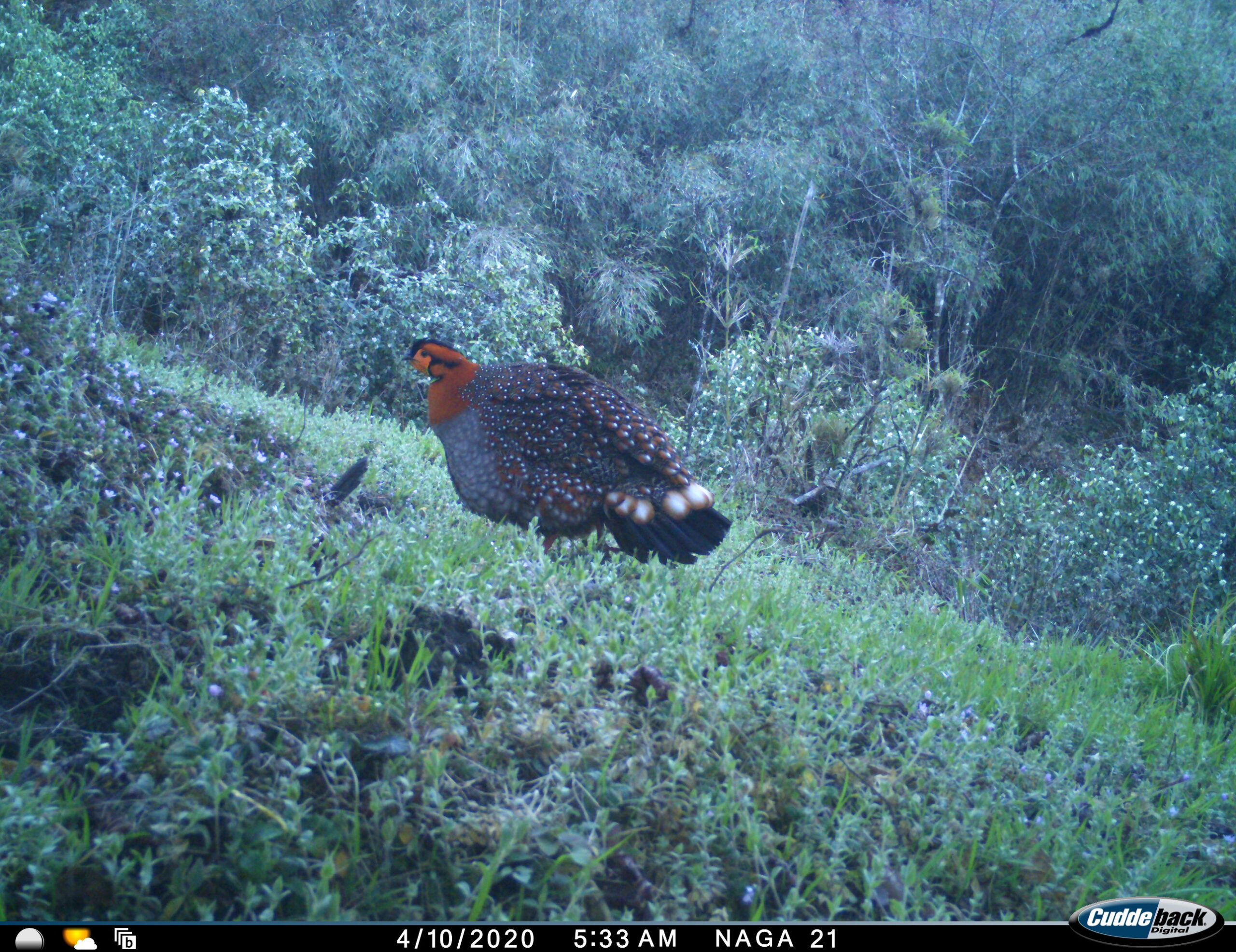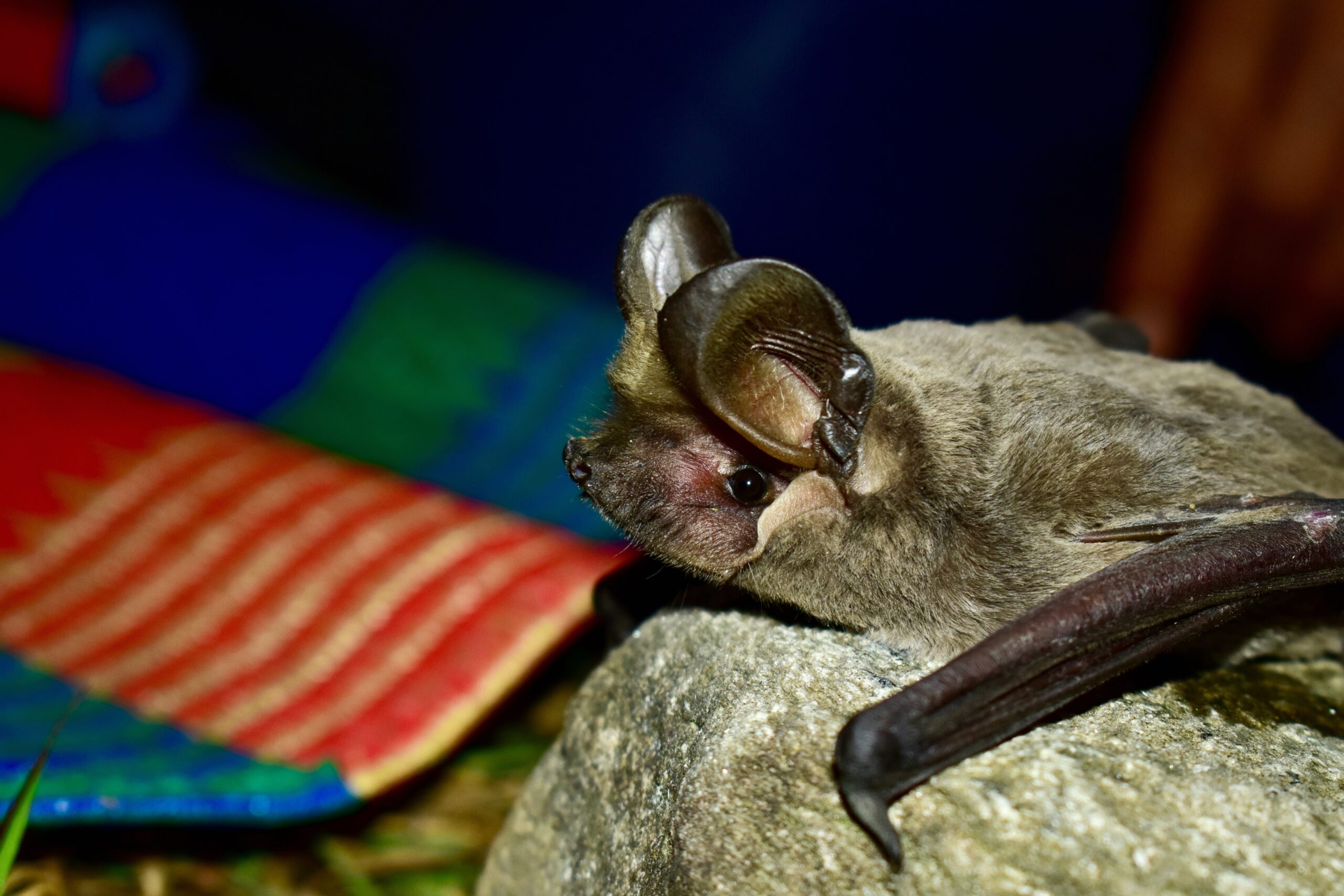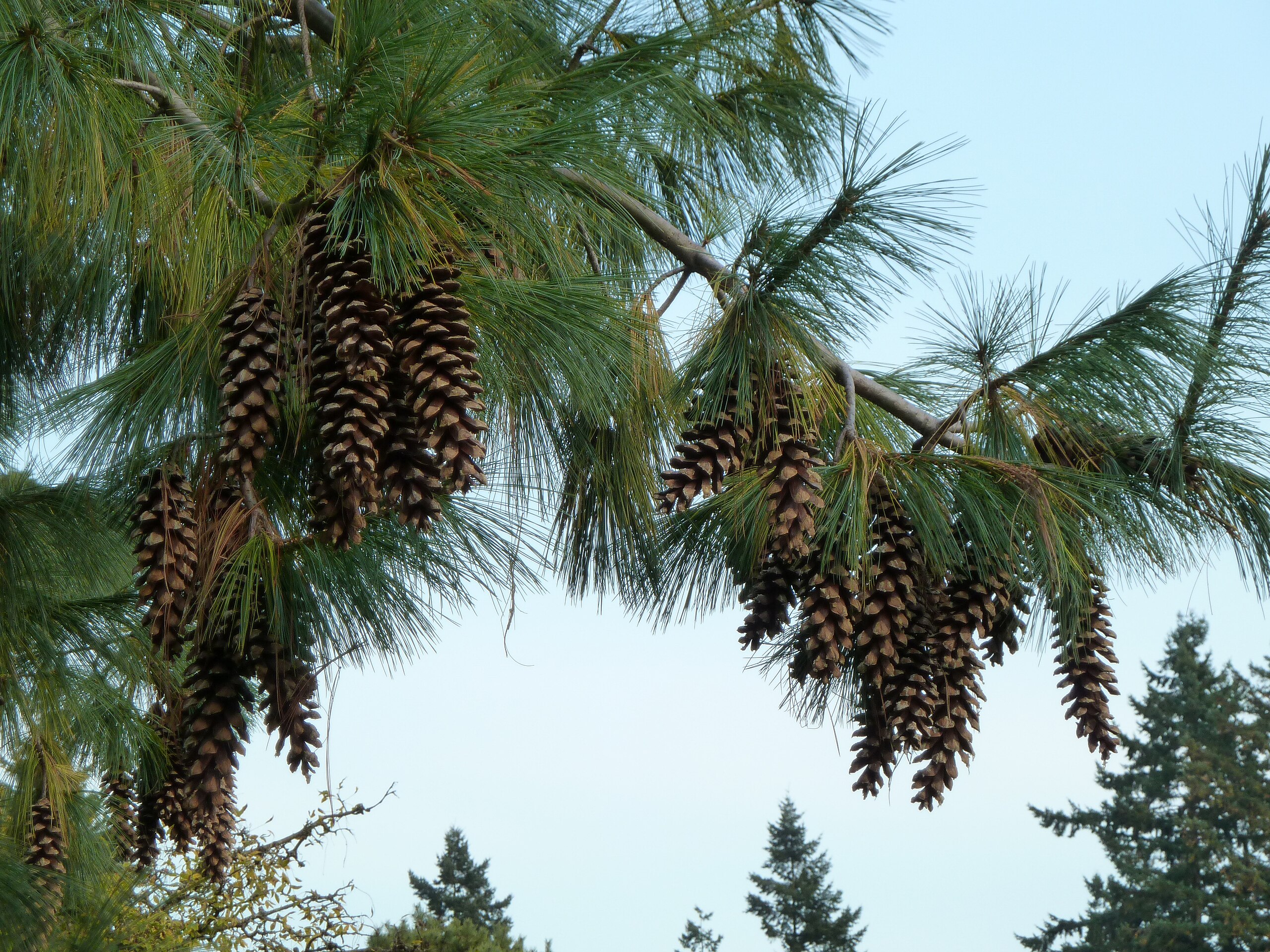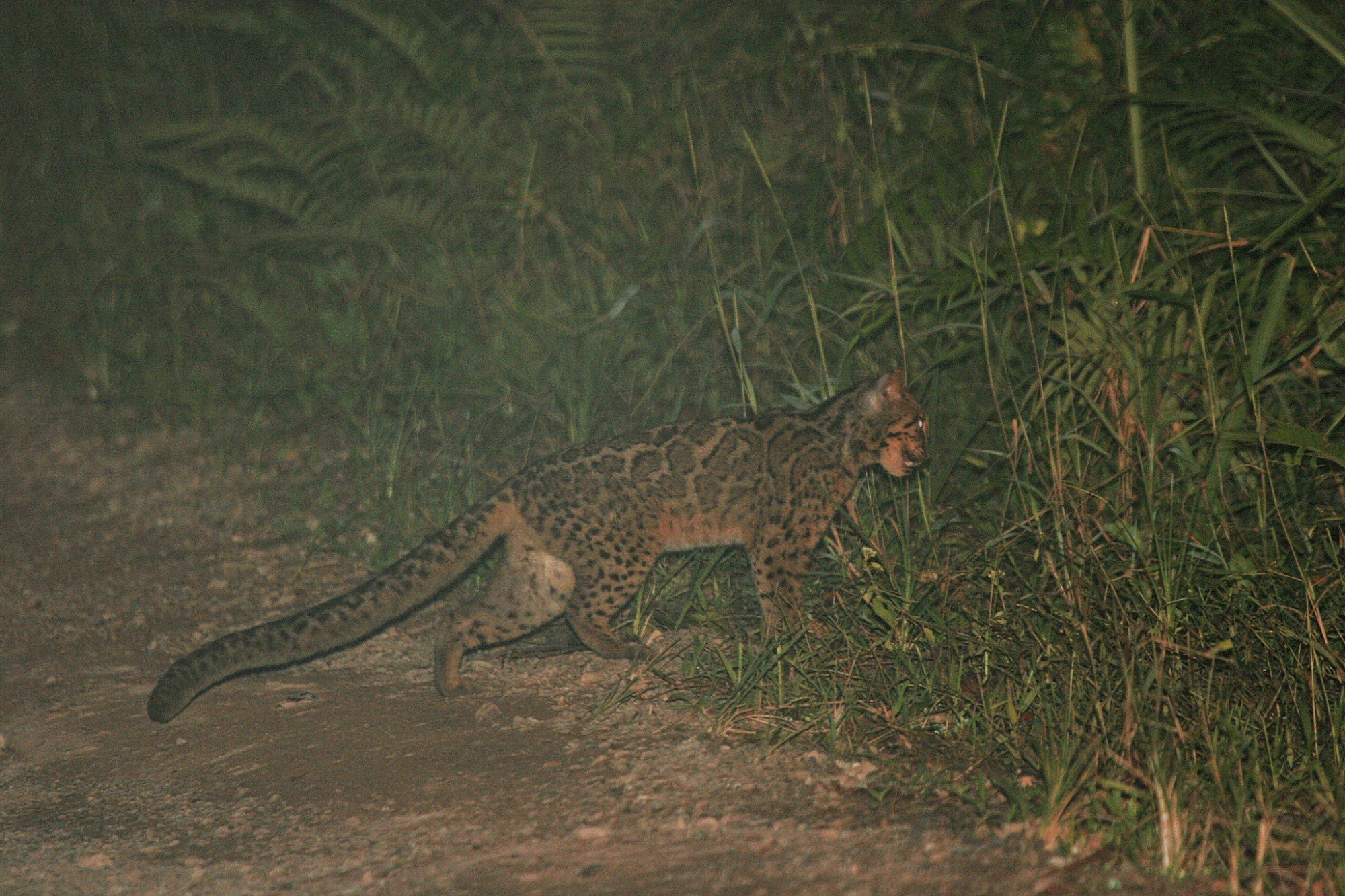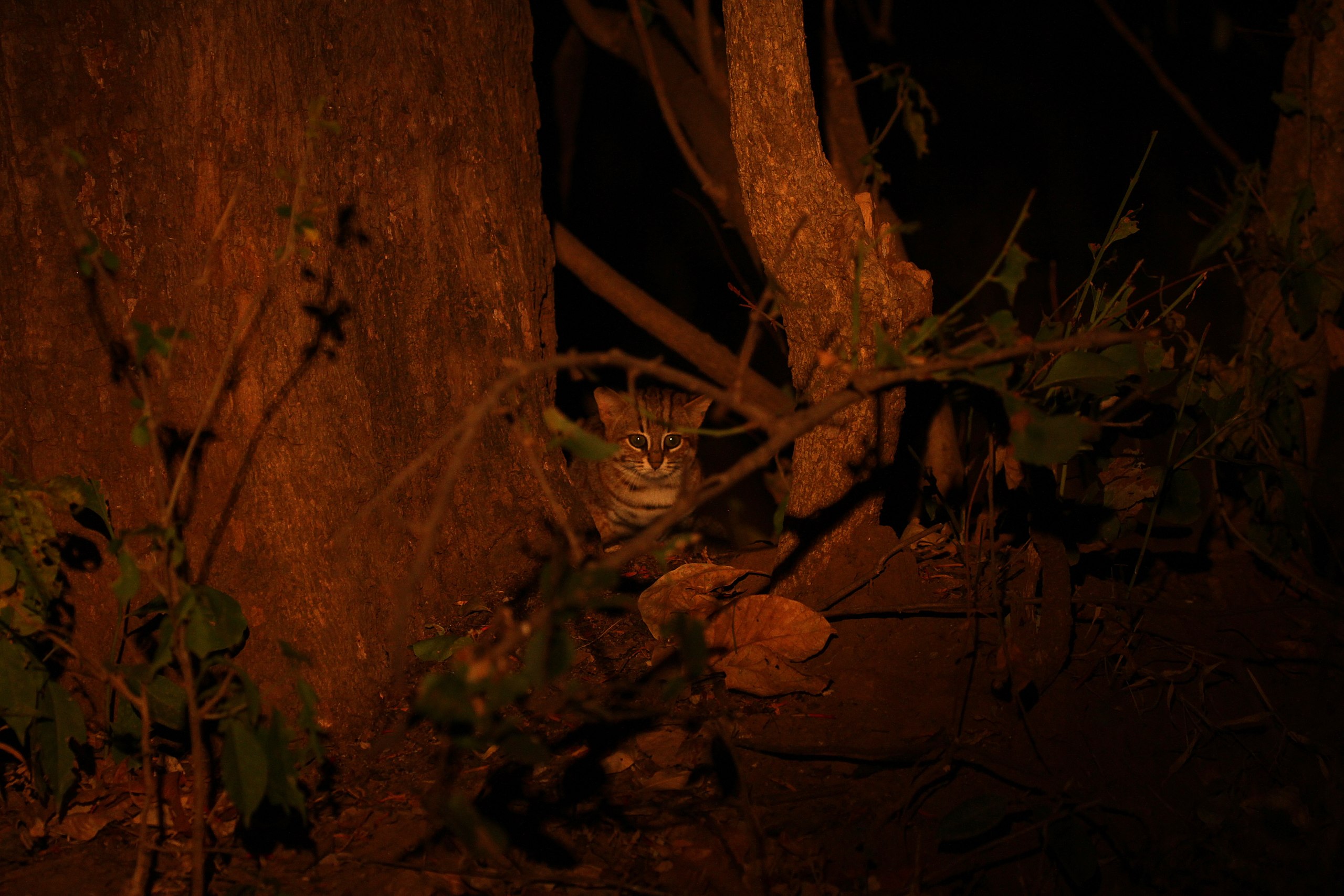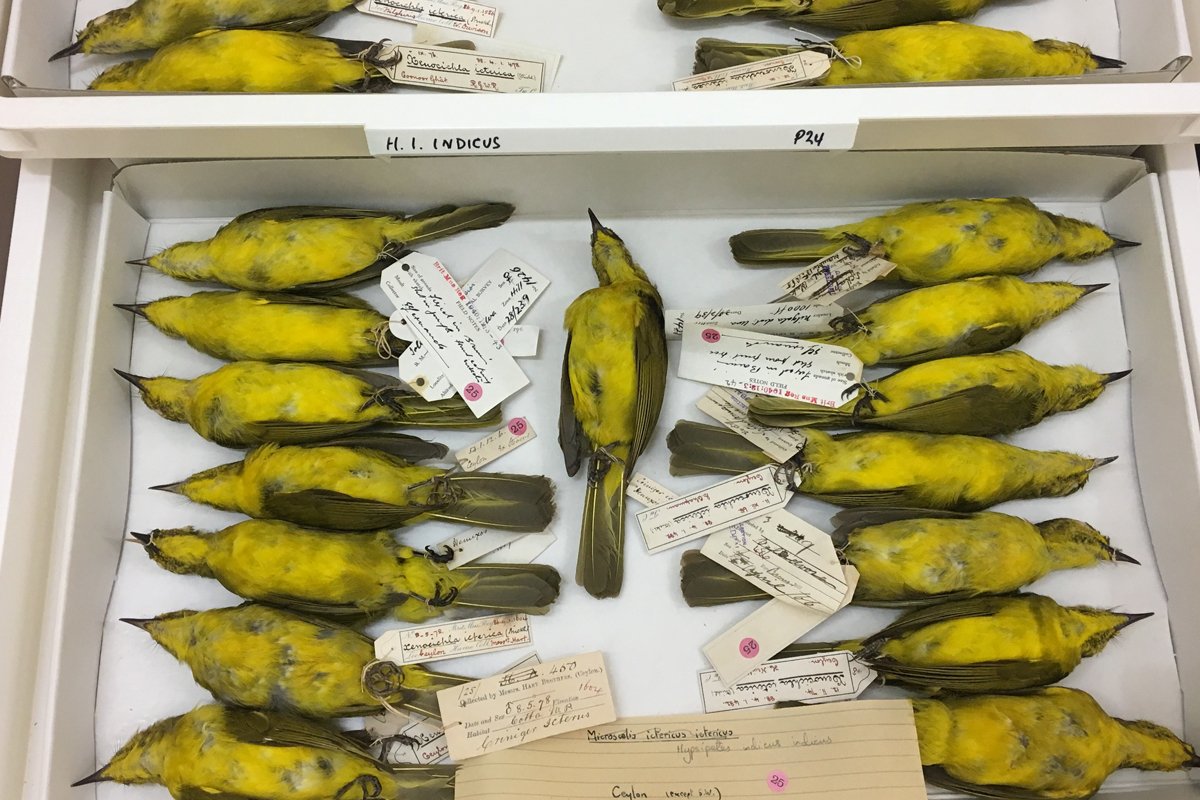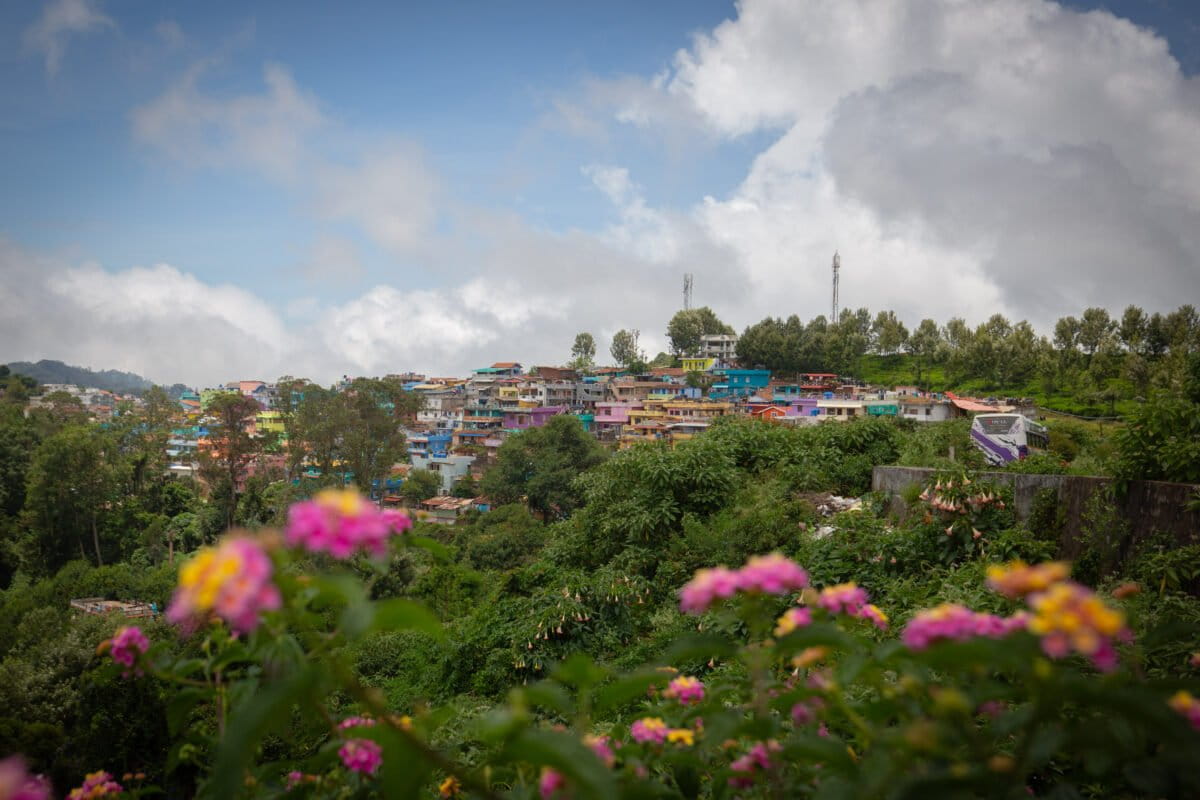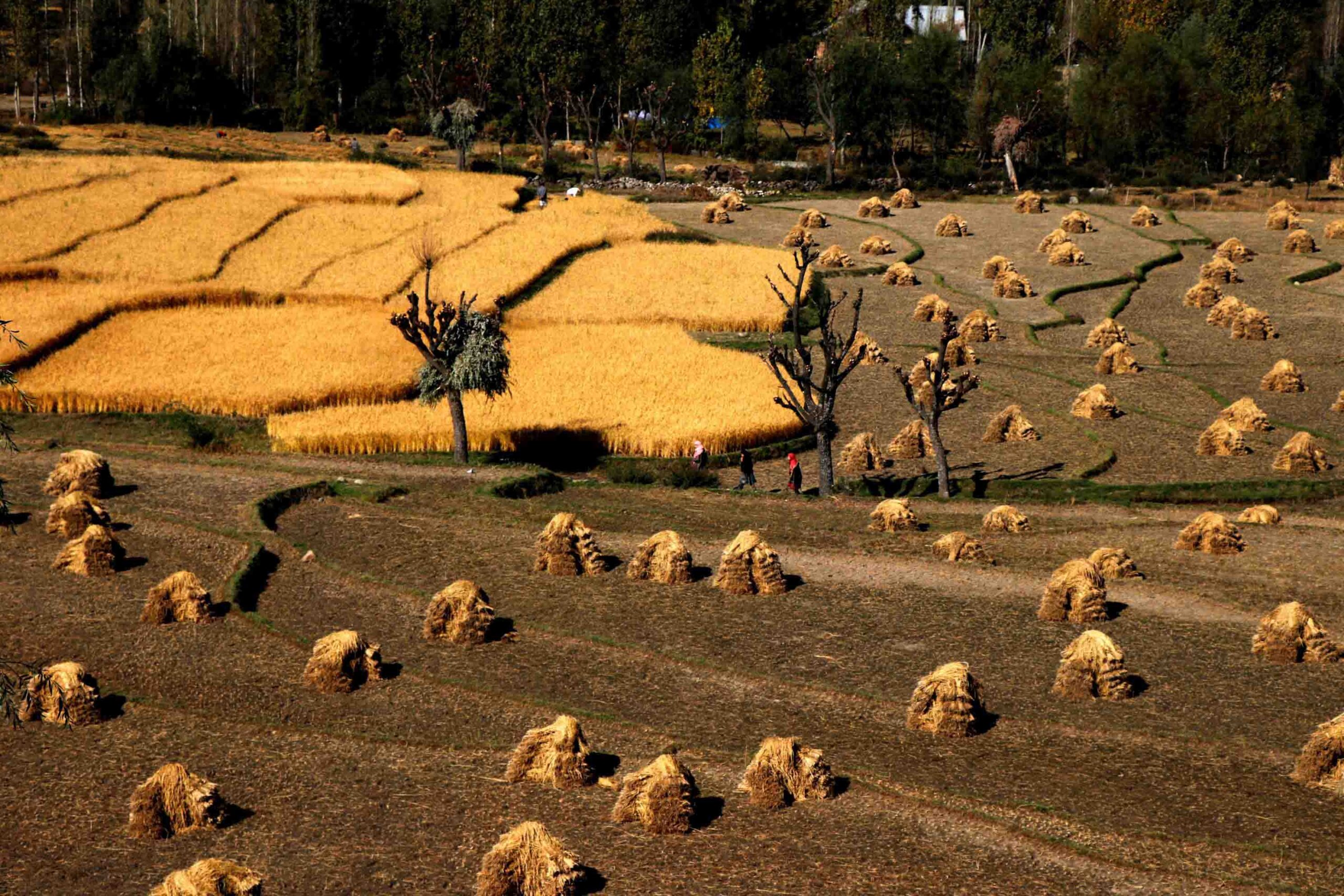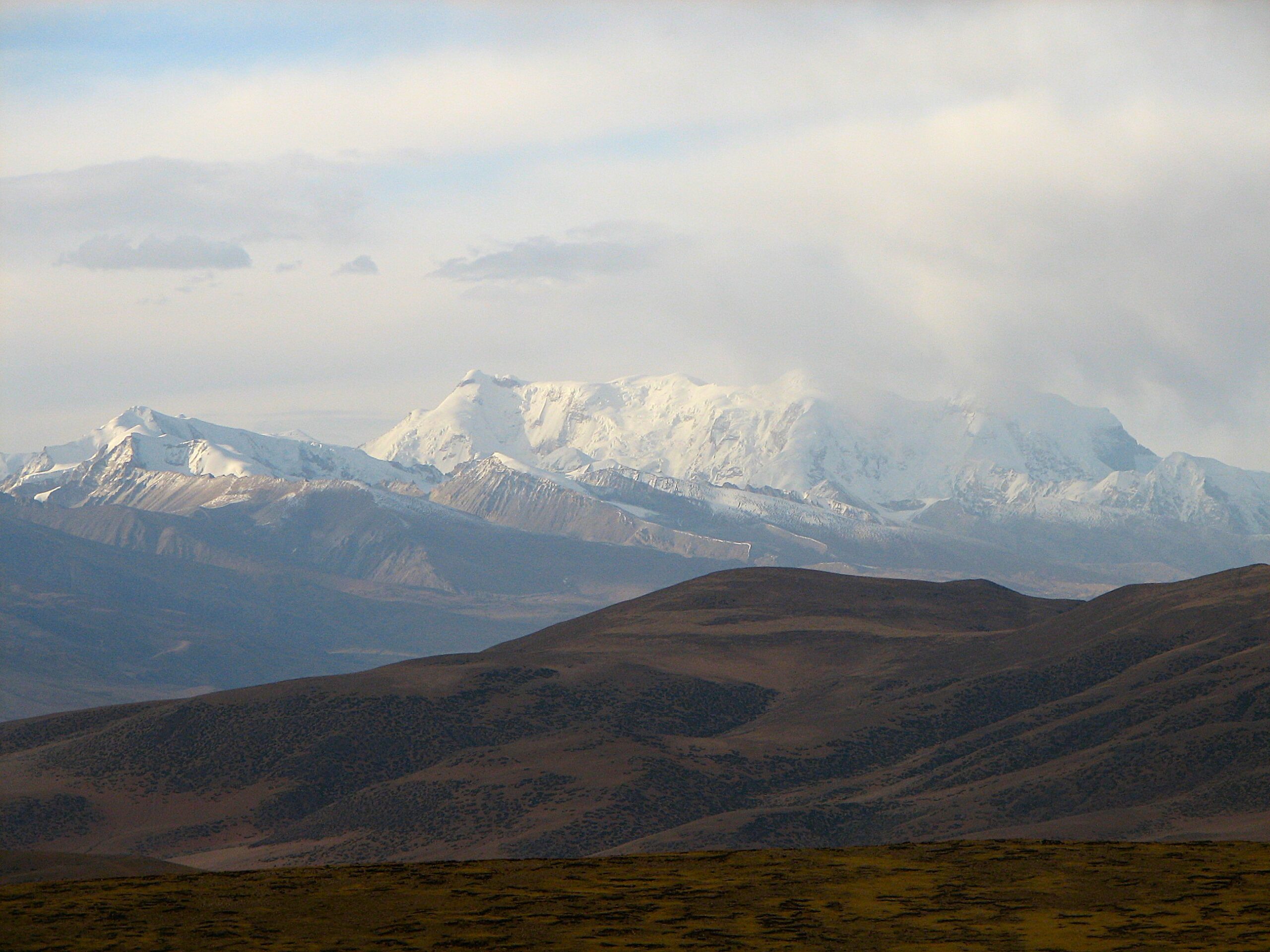
- A caracal was photographed in Madhya Pradesh’s Gandhi Sagar Wildlife Sanctuary on July 1 this year.
- The sighting has drawn attention to the region’s dryland habitats, where caracals have historically occurred but are rarely documented.
- Experts warn that habitat degradation and lack of protection continue to threaten dryland wildlife. They call for restoration, improved monitoring, and conservation strategies focused on native species.
An adult male caracal (Caracal caracal schmitzi) was recorded in a trap camera in Gandhi Sagar Wildlife Sanctuary in Madhya Pradesh’s Mandsaur district on July 1. According to an official release from the Madhya Pradesh government, the animal was photographed on three occasions at 2:35 am, 10:05 pm, and again between 11:38 and 11:39 pm, all at the exact location.
The caracal, locally known as siyah gosh (black ear), is considered a critically endangered species in India, though categorised as a species of least concern in the IUCN Red List for its global population. The discovery has renewed interest in the status of the caracal in central India.
Subharanjan Sen, Principal Chief Conservator of Forests (Wildlife), Madhya Pradesh, called the sighting an important development, saying, “This is a matter of great pride for the state and an important milestone in India’s conservation landscape,” he said.
Sen noted that the caracal is a solitary carnivore typically found in dry grasslands, scrublands, rocky areas, and open woodland. “The presence of this rare predator reflects the ecological richness and habitat integrity of Gandhi Sagar, a landscape that still supports lesser-known, threatened species,” he said.
Not a resident population
Wildlife scientist Shekhar Kolipaka, who has studied small wild cats and dryland ecosystems in India for over two decades, said the caracal recorded in Gandhi Sagar is likely a lone individual passing through.
“The caracal spotted in Gandhi Sagar is most likely a young, dispersing male. This is evident from its physical development, particularly the testes, which suggest it is in the early stages of dispersal. Such solitary movement is typical for male cats, especially in species like caracals, where young males often travel far from their birthplace in search of territory and potential mates,” Kolipaka said.
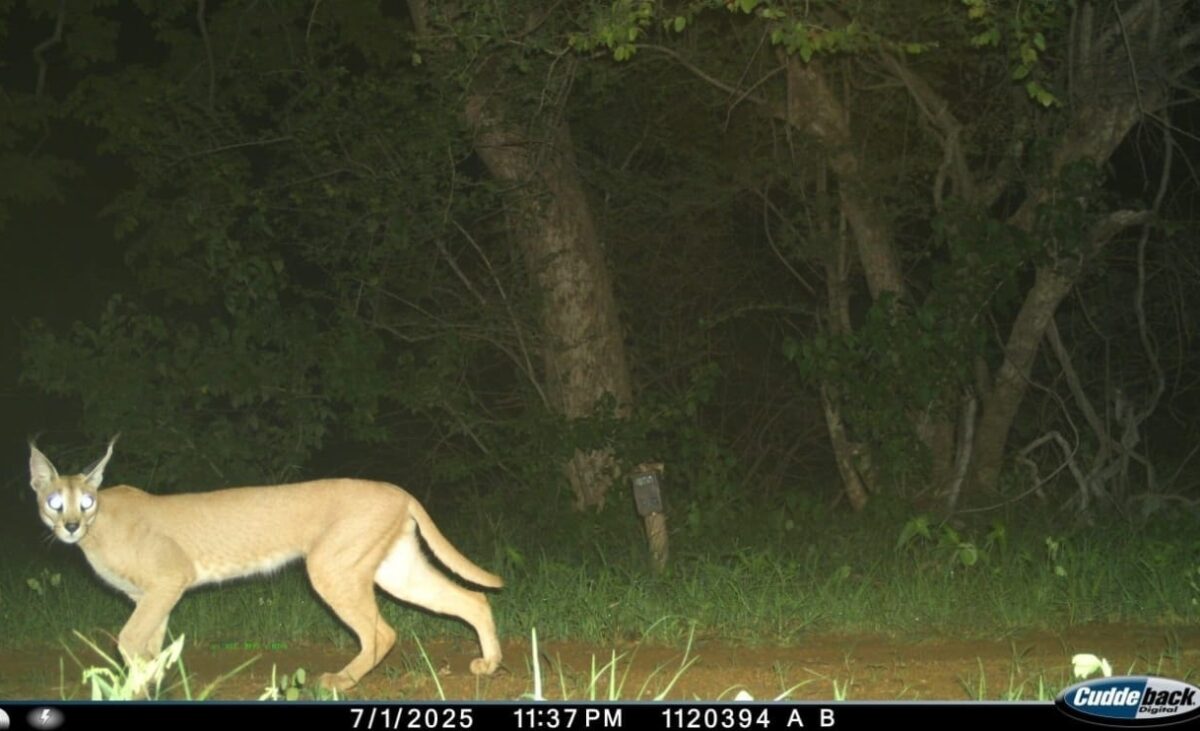
He warned against interpreting the sighting as evidence of a stable population. “This is not a sign of a resident population in Gandhi Sagar. If caracals were truly established in the sanctuary, they would have been recorded much earlier, given that the area is regularly monitored,” he added.
Dharmendra Khandal, a conservation biologist with Tiger Watch, said the species’ presence in the region is not new. “Of course, this area is highly suitable for the species, and I have high hopes for its conservation here. I have a record from 2006, just 30 kilometers away from this location, though on the Rajasthan side, which further supports its presence in this region. I was always confident that caracals existed in this direction,” Khandal said. He is the co-author of a book, Caracal: An Intimate History of a Mysterious Cat, along with Ishan Dhar.
No evidence of breeding populations
Kolipaka said sightings in Madhya Pradesh have always been rare and isolated. “There are occasional reports from parts of northern Madhya Pradesh, but no strong evidence of stable or breeding populations. The sightings are mostly of dispersing individuals, not established groups,” he said.
He noted that parts of Rajasthan, such as Rana Pratap Sagar and the Chambal basin, have confirmed caracal populations. Some individuals disperse and travel from there into Madhya Pradesh. However, such individuals are at risk if they cannot find a suitable habitat.
“Caracals have always made sporadic appearances in Madhya Pradesh. Unfortunately, many of Madhya Pradesh’s habitats have turned into what ecologists call habitat sinks. These are areas where wildlife survival is low due to high mortality and poor ecological support,” Kolipaka explained.
“Male caracals keep moving until they find suitable habitats with females. The more they travel through degraded landscapes, the more at risk they become,” he said.

Degraded dryland habitats
Kolipaka pointed to a broader pattern of dryland habitat loss in central India. Caracals rely on these habitats.
“Currently, very few areas in Madhya Pradesh offer suitable habitats for caracals. Historically, the landscape up to the Vindhya mountain range supported them well. Today, however, most of these regions are degraded, fragmented, and no longer ideal,” said Kolipaka.
He added, “Caracals are animals of open, dry, and semi-arid landscapes, not dense forests. In Madhya Pradesh, most protected areas are forested, while the dry regions they prefer, like those in Panna, Sagar, Satna, Guna, Gwalior, Bhind, Morena, Shivpuri, and even Gandhi Sagar until recently, remain outside the formal protection network.”
Kolipaka also listed the threats these habitats face. “Goat herders often lop trees down to feed their livestock, leaving little to no cover for caracals. Free-roaming village dogs pose another threat. They chase wildlife and outcompete them for space. The overgrazed soil no longer supports the rodents, reptiles, and birds that form the caracal’s diet,” he said.
“This unfortunate mix of habitat degradation, unregulated livestock grazing, dog menace, and lack of protection is not just harming caracals, but also impacting other iconic dryland species like the great Indian bustard, wolves, and chinkara,” he added.
A shared landscape for two elusive cats
U.K. Sharma, now Additional Principal Chief Conservator of Forests and Director of Project Cheetah, had earlier prepared a 10-year management plan for Gandhi Sagar Wildlife Sanctuary while serving as the Divisional Forest Officer (DFO), Mandsaur. In the plan, he identified key threats to wildlife, including intense grazing, tree lopping, and seasonal livestock influx from Rajasthan. He noted that earlier conservation efforts had failed due to low public awareness and high dependence on forest resources.
The plan proposed habitat restoration, construction of boundary barriers, and partnerships with scientific institutions for monitoring wildlife. It also recommended improved water conservation and stricter control over grazing.
In April this year, Gandhi Sagar became the second site in Madhya Pradesh to host cheetahs, with two individuals introduced to enhance the sanctuary’s ecological profile. The open landscape and dry habitat, considered ideal for cheetahs, could also benefit other species like the caracal.
A call for coordinated restoration and research
Kolipaka said that more scientific surveys are needed, but that research alone is insufficient. “While surveys are ongoing, they are not enough. What is urgently needed is a comprehensive program for restoring dryland and semi-arid landscapes. This includes putting a firm stop to unregulated cattle grazing, ending harmful tree-lopping practices, controlling or removing feral dog populations, and rebuilding native vegetation and prey species. Yes, this is a big challenge, but it is not impossible,” he said.
He also outlined the kind of support such a program would require. “The way forward requires teamwork across multiple sectors. Bold political leadership. Bureaucratic commitment. Creative NGOs working on alternative grazing systems and restoration. Strong involvement from local communities, especially herders, religious leaders, and community leaders. Support from leading scientific institutions to guide habitat and species revival.”
“We have seen this success story unfold before with the tiger, and even the Asiatic lion. There is no reason why we cannot do the same for the caracal. With coordinated, focused effort, this cat can reclaim its place in India’s dryland ecosystems,” Kolipaka said.
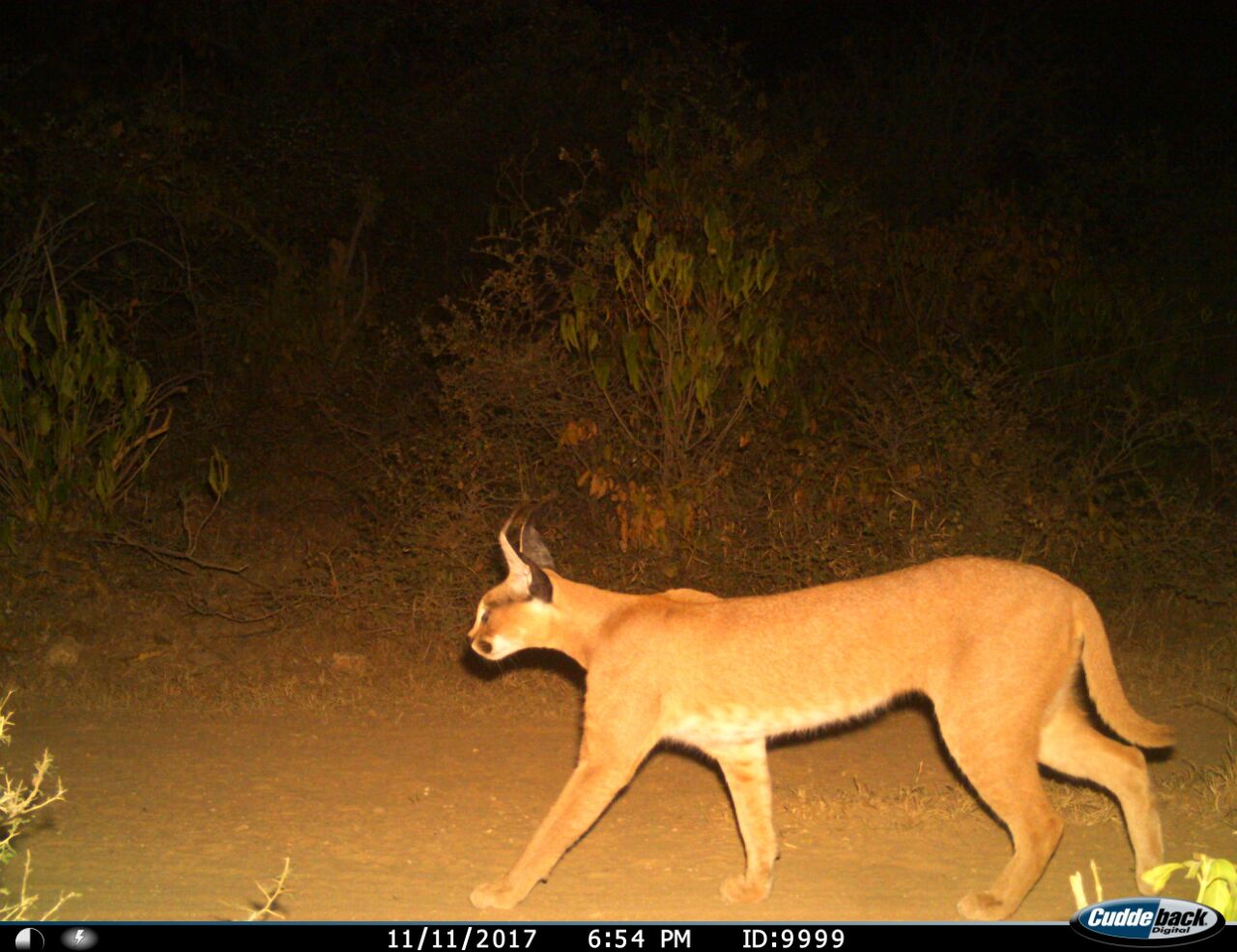
Focus on native caracals, not exotic reintroductions
Recent policy proposals have drawn concern from conservationists. Dharmendra Khandal referred to a national-level plan that considered introducing an exotic subspecies of caracal for captive breeding in India. “Just last year, there was a national-level push to introduce an exotic subspecies of caracal into the country. During a high-level meeting, I had strongly advocated against this move, emphasising that before considering the introduction of any exotic caracal, we must first assess the status of our own native caracal population. So yes, this development is indeed a great step forward,” he said.
While no official import scheme was ever formally adopted, the proposed breeding initiative involving imported founder animals was discussed and later dropped following strong opposition from wildlife scientists and conservationists.
Read more: A caracal captured on a camera trap renews conservation efforts
Khandal also stressed that long-term conservation requires support beyond government programmes. “Saving caracals will need commitment from private individuals. Under bureaucratic systems, that becomes difficult,” he said.
He added that the species has long-standing historical and cultural ties to central India. “My book contains many stories and artworks inspired by Central India,” he said.
Historical records and cultural traces of the caracal
Historical records compiled in Khandal and Dhar’s book on the caracal document sightings and cultural references to caracals across parts of central India and Rajasthan. One entry notes a 1990 sighting in Panna National Park, while another describes a 1997 report from Chittorgarh where shepherds near Pipalya village claimed to have seen the species.
The book also includes archival photographs and notes suggesting that caracals were once more visible in the region, particularly in the hunting estates of princely families. One record describes a caracal being gifted to the Maharaja of Rewa. Another recounts the Nawab of Jaora, whose estate is located about 30 kilometers from Mandsaur, gifting a caracal. These accounts further indicate the animal’s past presence and symbolic value in this landscape.
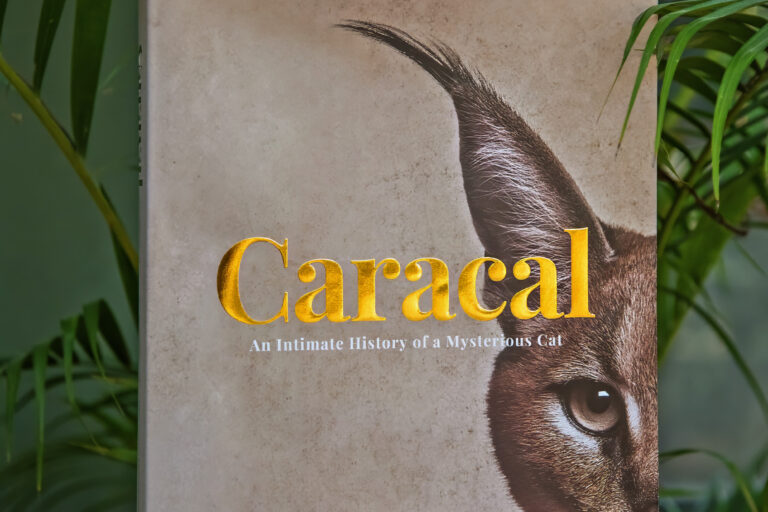
Other entries point to the dryland corridor between Guna and Shivpuri as a historically important habitat for caracals and other species adapted to arid environments. Khandal and Dhar’s documentation supports the view that the recent Gandhi Sagar sighting is part of a longer, though sparsely recorded, history of the caracal in this region.
A warning from the past
When asked what lessons history offers for caracal conservation today, Khandal said the species has long been neglected. “I am not a student of the romanticised view of the natural world, and the truth is, we have not treated this species kindly in the past. Perhaps it is better not to forget that, rather than simply move on without learning,” he said.
He concluded, “We have learned how to save tigers, but unfortunately, that success has not extended to many other species. Their survival requires genuine commitment and active involvement from private individuals. Under the rigid grip of bureaucracy, this becomes extremely difficult.”
Banner image: A caracal was captured on a trap camera in July at Gandhi Sagar Wildlife Sanctuary, Madhya Pradesh. Image courtesy of the Madhya Pradesh Forest Department.






